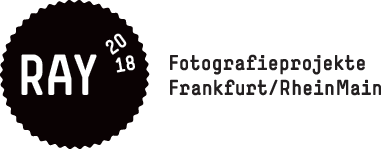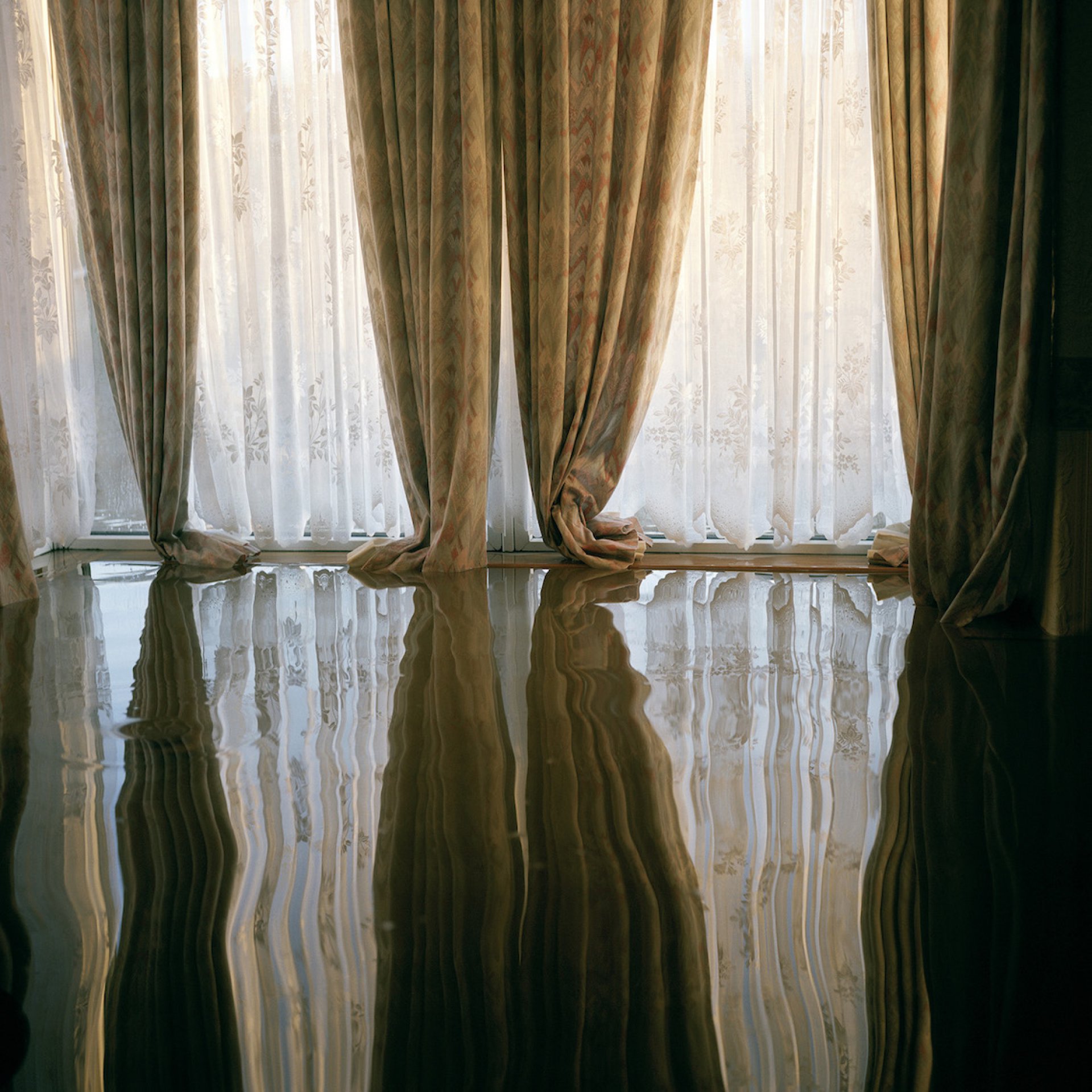EXTREME. ENVIRONMENTS, Fotografie Forum Frankfurt, 24 May - 9 September 2018
Interview with Gideon Mendel
RAY/EW: How do you relate to the notion of EXTREME?
Gideon Mendel: The obvious thought from my perspective is the climate change application of the word "extreme”. Nobody knows what is going to happen with the global climate change, but for sure there will be more and more extreme weather events. I began the project Drowning World during a phase in my life when I had young children. For me it was a mental exercise to imagine what kind of world my children would be living in when they were my age. I looked a bit at long-range predictions and it became increasingly clear that the weather would be more and more extreme and that it will have all kinds of dramatic implications. Over the last 11 years I have been working on this project, we have increasingly seen these side effects. In my work, I chose the notion of flooding as a way to deal with the climate change.
RAY/EW: Do you consider your long-term practice for Drowning World as a counter statement to a photojournalistic approach?
GM: On one level my approach origins in the fact that
I am not quick enough to be on-site when the emergency first strikes. In many cases
the flood water stays for days, even weeks sometimes. I arrive later at a
calmer point allowing more reflective and intimate response. As a photographer it is a very compelling arena
to be making work. There is something about the light, the reflections and the
color transforming a usually busy area in a dystopian scenery.
RAY/EW: Do you have to face criticism regarding the aestheticization of a human crisis?
GM: The core of the project Drowning World is the series that I called Submerged Portraits – consisting of portraits of people that have been affected by floods. I suppose their gaze at the camera is the heart of the project. Often that gaze conveys different things. What I offer is some kind of witnessing of what is happening, I guess I have different kinds of responses. The other series which I call Flood Lines – which is an investigation of the line of flood water as it moves through public and personal spaces – is very precise and aesthetic. It might be a perverse instinct that leads me into these super chaotic situations and to create formally precise pictures. With my camera I am trying to make some order out of the chaos.
RAY/EW: How do you approach the crisis locations and the people?
GM: It works very well when I spend a lot of time in one community. I like to focus on one space, in Texas it was even just one street. The people I take portraits of agree to the project and what I offer is some kind of witnessing. Actually it works much better for me if it’s not a situation with a lot of press around because often I will be perceived as part of this general mess of press. I mean the key thing always is to have a very good local contact. One slight problem, I have had recently working in France and Texas, is that I approach people and they can take out their phones, they google my name and look at my project, so before they are photographed they have seen the other images. And I was trying to figure out why the portraits from the most recent trips to France and Texas weren’t as strong as the earlier ones. The people are almost trying to hard, they are almost to keen. They have seen the other pictures and they are almost too self-conscious. The more recent trips have been to wealthier countries where everyone is connected and got a smartphone. I am probably going to do one or two more trips before concluding the project. I think what’s very important for me in the project is that it’s not a conventional depiction of disaster, because conventionally the notion of disaster is linked to poor countries. But climate change and the thereby caused water-driven disasters are a global issue affecting both the wealthiest and the poorest parts of the world. For me that’s really an important basis of the project.
RAY/EW: Do you face any (political, aesthetic, moral) boundaries in this project?
GM:
People often like to pigeonhole, labeling a work
as documentary, journalism, activism or art. If you think of a triangle–the
corner is documentary photography, the other corner is art photography and the one
is activism–my work is in the borderline between all those three. But activism
is indeed a very important part of it. I am trying to point to important issues
in the world and my work has been used in different kinds of activist contexts
over the years. And also it has a long series of presentations in media, it has
been published in many different magazines from National Geographic to the
Guardian frequently–it exists in conventional media. I do not find it necessary
to contain it within one section.
RAY/EW: Do you consider your photography in general as a political means?
GM: In my opinion, photography can have an impact on the world. I see it as a tool of visual activism. I came of age as a photographer during the fight against apartheid in South Africa. I was based in this approach photography being a response to a terrible atrocity and documenting that. I think I’ve always felt compelled to my camera on social issues.





